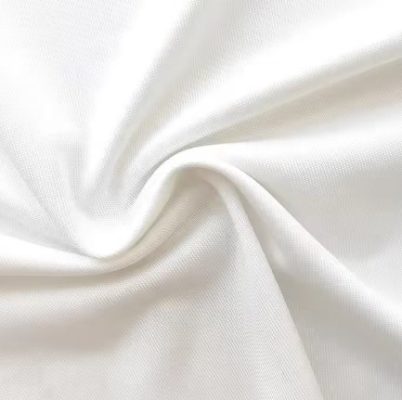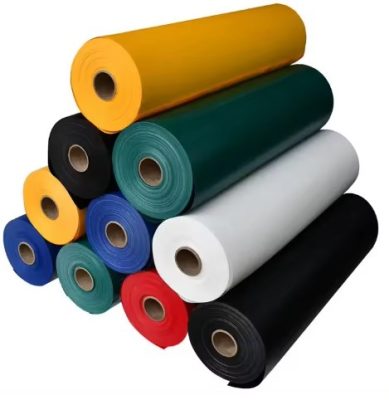Contents
Unraveling the Threads: RPET Fabric vs Polyester
Understanding the Origin
RPET Fabric: Fashion with a Green Twist

Recycled PET fabric, or RPET, emerges from the reincarnation of mineral water and cola bottles, transforming into a trendy, eco-friendly fabric. Abroad, especially in Europe and America, it has become a staple in various fashion items, from shirts to silk scarves, making waves for its low-carbon source and environmental prowess.
Ordinary Polyester: Woven from Petrochemical Roots
In contrast, ordinary polyester, derived from petroleum, stands as a stalwart in the textile world. Known for its superior strength, heat resistance, and stability, it holds the crown in the realm of chemical fibers.
Bridging the Gap: Recycled vs. Ordinary Polyester
Performance Matters
- Recycled Polyester’s Achilles Heel: Poor strength and other properties.
- Polyester’s Prowess: Demonstrates relatively good strength and other key properties.
Raw Materials Unveiled
- Recycled Polyester’s Reincarnation: Granulated from recycled materials like PET bottle flakes.
- Polyester’s Petrochemical Symphony: Crafted from PTA and MEG polymerized chemical raw materials.
Dive Deeper: Polyester Explained

The Essence of Polyester Yarn
Polyester yarn, spun from ethylene phthalate, serves as a versatile fiber. Its characteristics, from strength to elasticity, position it as a durable and resilient choice.
Regenerated Polyester Staple Fiber
Derived from polyester fabric and waste materials, this staple fiber exhibits unique qualities, blending the strength of polyester with eco-friendly attributes.
Contrasting Characteristics
Strength and Toughness
With strength comparable to nylon, polyester shines in durability. Its impact strength surpasses natural fibers, making it a reliable choice for various applications.
Elasticity and Wrinkle Resistance
Boasting elasticity akin to wool, polyester resists wrinkles and ensures dimensional stability, presenting itself as an iron-free and durable option.
Heat Resistance and Thermoplasticity
Melt-spun and heat-resistant, polyester can be re-melted, making it thermoplastic. However, its poor melting resistance demands caution in specific situations.
Wear and Light Resistance
With exceptional abrasion resistance, polyester outperforms natural and synthetic fibers. Its light resistance, almost on par with acrylic, ensures lasting color vibrancy.
Hygroscopicity and Dyeability
While polyester lacks hygroscopicity, leading to stuffiness, its poor dyeability doesn’t compromise color fastness, making it a practical choice for fashion.
Corrosion Resistance and Maintenance
Resistant to various elements, polyester withstands bleaches, oxidants, and more. Despite its poor dyeability, it maintains good wash and wear performance.
FAQs: Clearing the Polyester Puzzle
- Is RPET fabric as durable as ordinary polyester?
- Both exhibit durability, but ordinary polyester may have a slight edge in strength.
- What makes recycled polyester environmentally friendly?
- RPET fabric is crafted from recycled materials, reducing the ecological impact.
- Can I expect the same heat resistance from RPET fabric?
- While heat-resistant, RPET fabric may not match the heat stability of ordinary polyester.
- How does the feel of regenerated polyester differ from ordinary polyester?
- Regenerated polyester may feel different due to its diverse raw material sources.
- Are there any special care instructions for polyester fabric?
- Avoid contact with soot and sparks to prevent holes, and be cautious with hot alkali.

